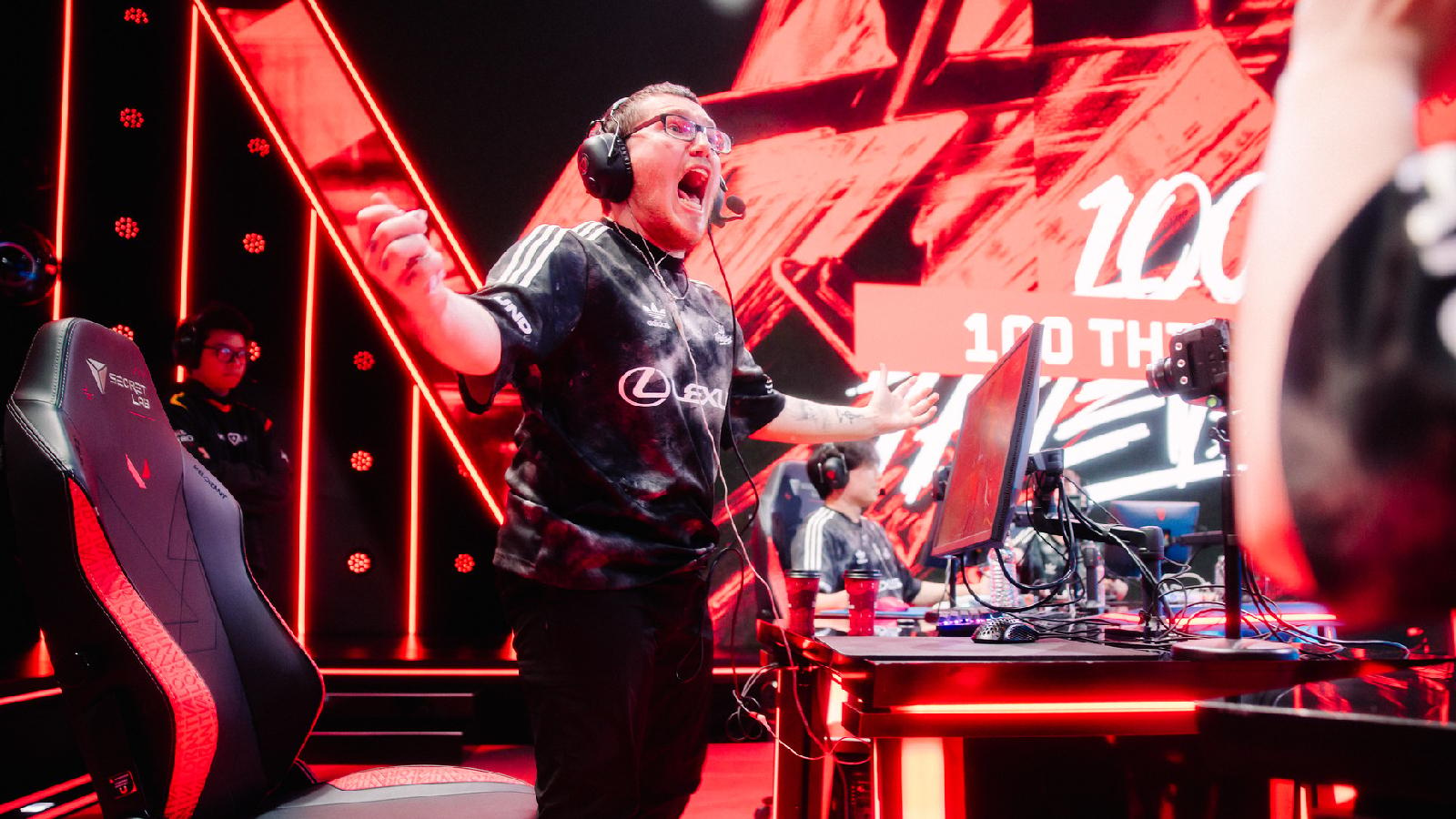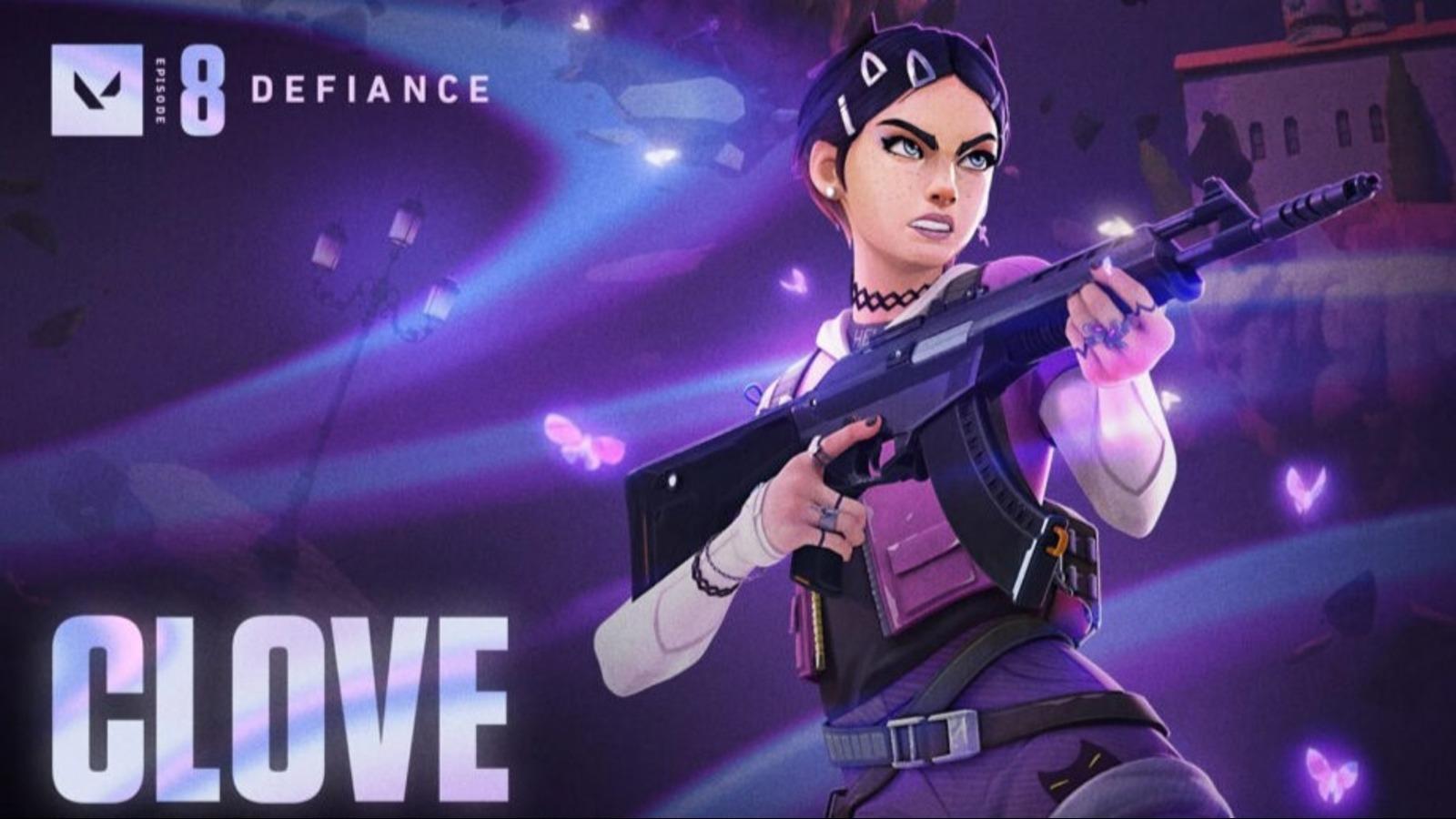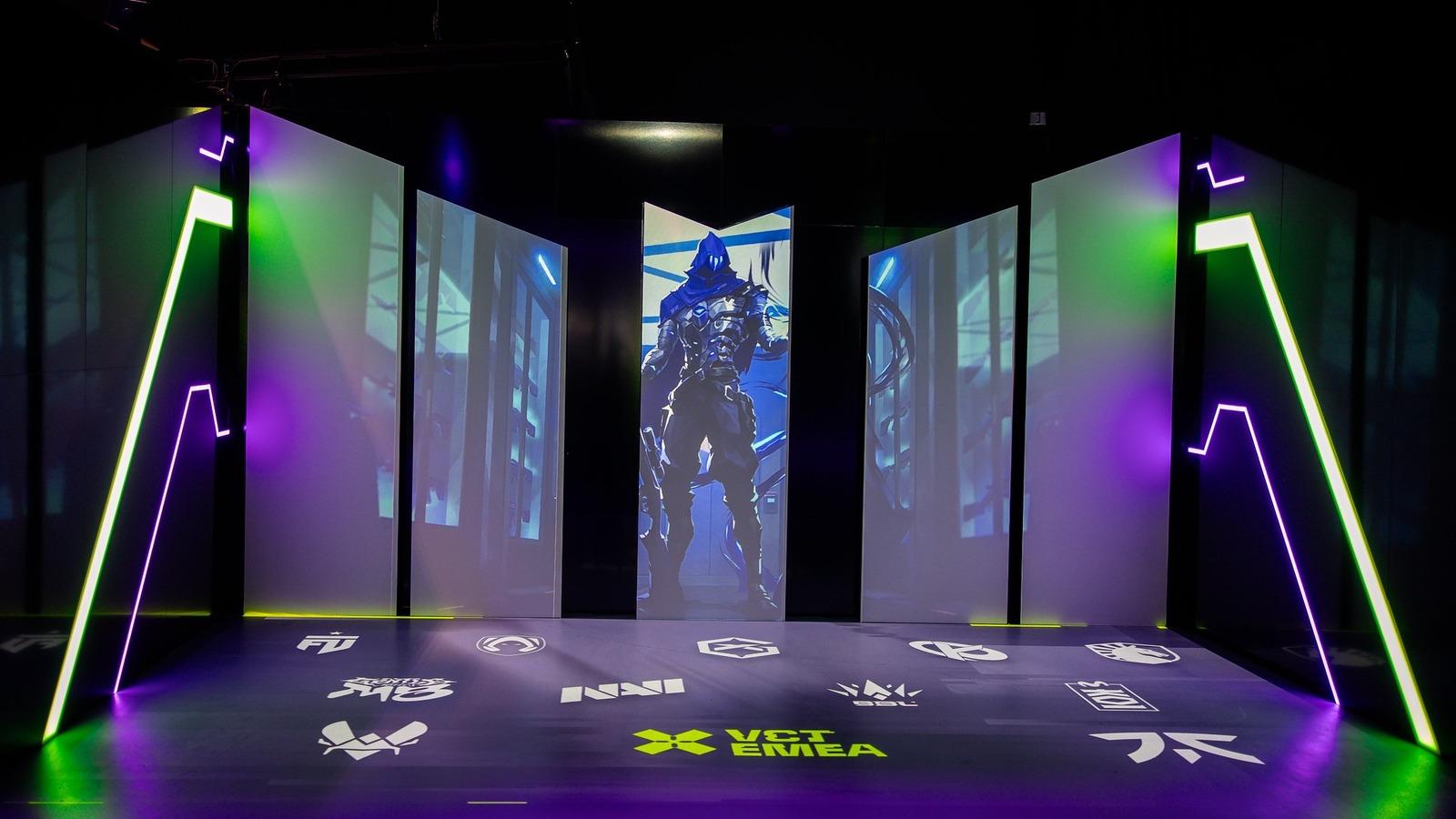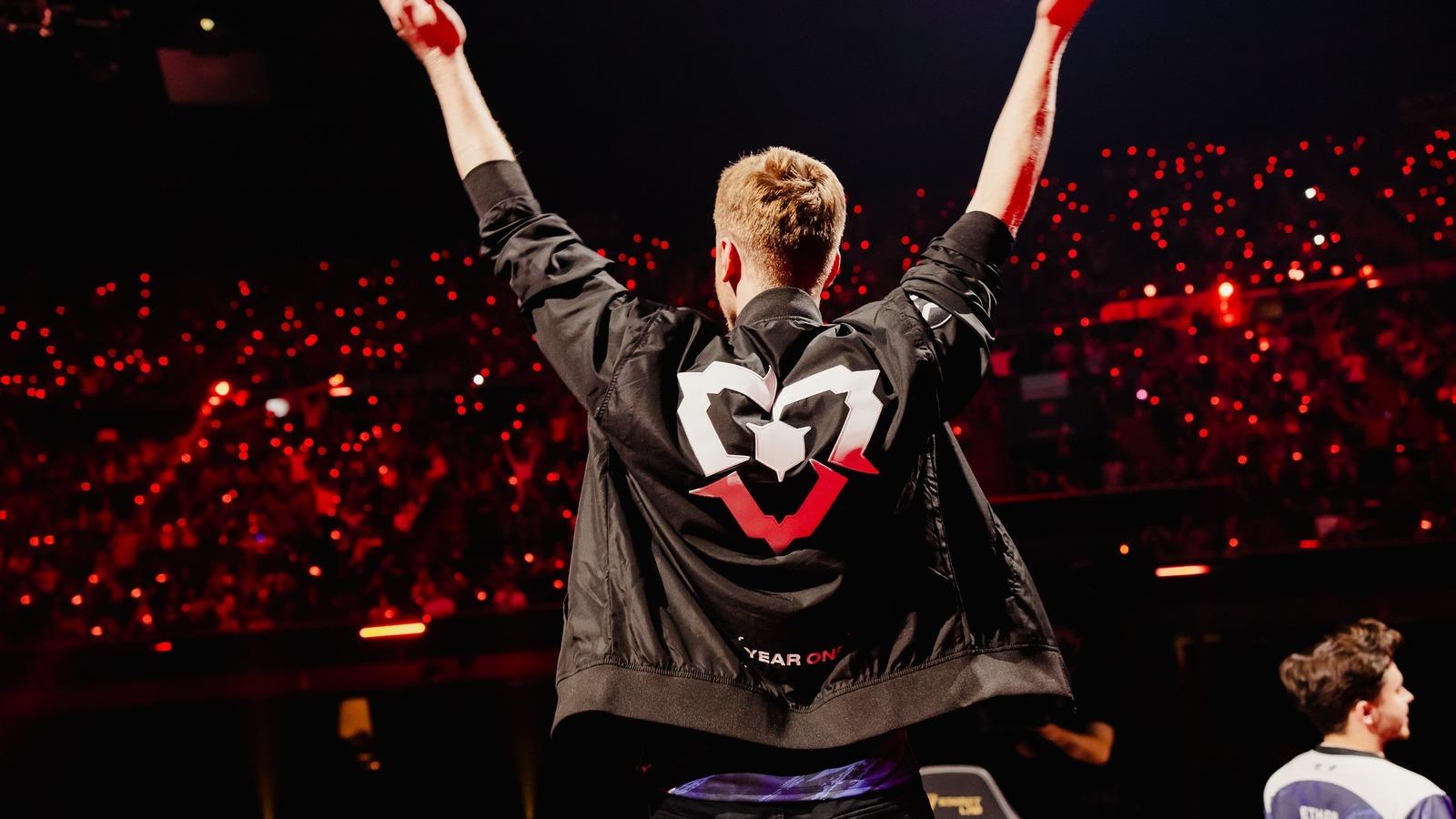Esports organizations that left Valorant see path to return under new structure
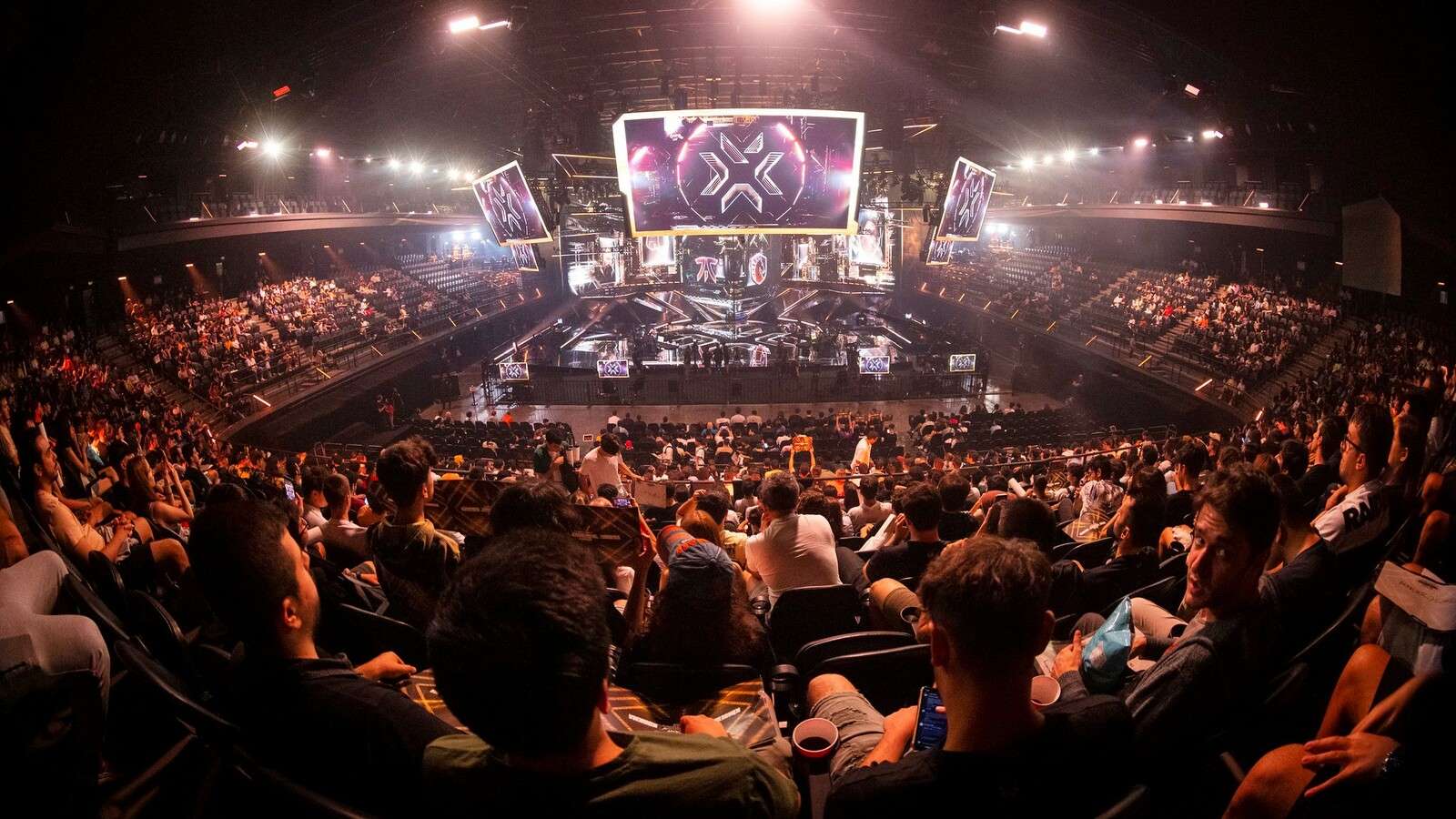 Colin Young-Wolff/Riot Games
Colin Young-Wolff/Riot GamesEMEA and Pacific will see 10 teams battle in Ascension while the Americas will only have six.
Multiple Valorant organizations spoke to Dexerto about the new Challengers system for Valorant coming in 2023 along with international leagues, why they left the esport this year and if they will take the leap back into the community at some point.
The landscape of Valorant esports is in uncertain territory as Riot Games moves towards its partnered international leagues for 2023. Esports organizations have been pulling out of the title left and right as they fail to make it into the next stage of the partnership program.
Teams that failed to make it into the Valorant Champions Tour Stage 2 Masters Copenhagen tournament, the following Last Chance Qualifiers and Valorant Champions saw their opportunities to compete dwindle. The competitive calendar is sparse outside of the VCT system and, from an organizational standpoint, operating a competitive roster with high salaries in tournaments with little return in terms of prize money or viewership is not worth the investment, according to multiple executives Dexerto spoke to.
It is especially not worth the investment as Riot has continued to keep its plans close to its chest in regards to the next steps for the esport.
“[Riot] said ‘stay tuned,’ obviously, but I mean you can’t really just decide on a big budget for Valorant based on a stay tuned,” Daniel Luu, founder and CEO of Akrew said in an interview with Dexerto.
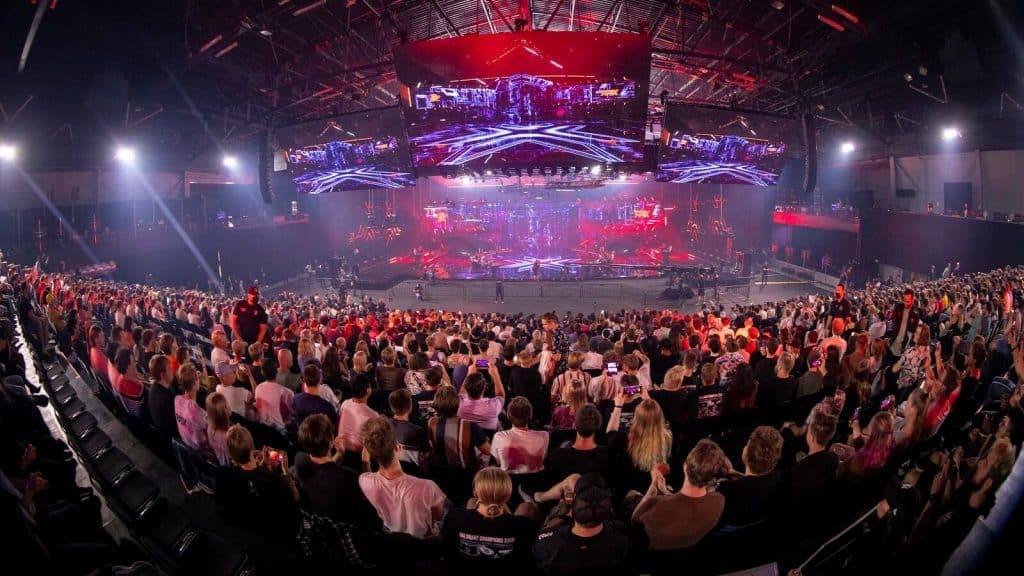 Colin Young-Wolff/Riot Games
Colin Young-Wolff/Riot GamesWhile the situation may have seemed dire for a time, Riot Games quelled the cries of critics and players in its second tier scene by announcing what tier 2 Valorant will look like in 2023 on August 16.
The VCT Challengers reveal laid out a new path to the top tier of Valorant competition and how organizations outside of the international leagues could still compete. The new system includes Challengers Ascension, which gives the top teams in tier 2 the chance to battle for a spot in the partnered leagues and the potential to compete at Masters and Champions events.
While the announcement hasn’t immediately brought back the organizations that left, those who exited think the new system is intriguing and could see them returning soon.
What esports organizations think of the new Challengers Ascension system
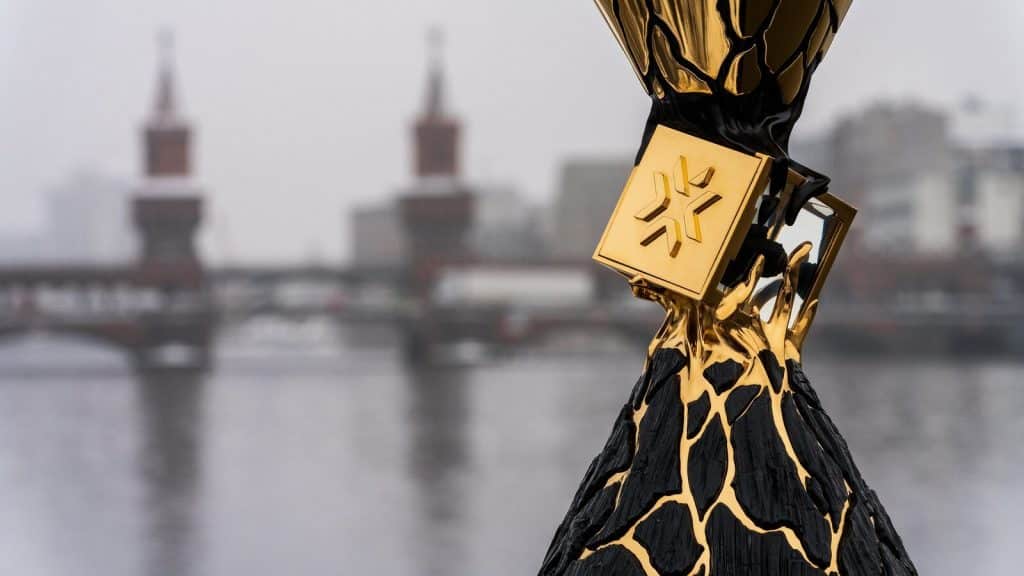 Wojciech Wandzel/Riot Games
Wojciech Wandzel/Riot GamesThe consensus among the organizations that Dexerto spoke to, Akrew, DarkZero Esports, Kansas City Pioneers and Shopify Rebellion, is that overall, the new system is a step in the right direction.
“I still think Riot does a fantastic job, especially in comparison to the ecosystem where they really elevate what they do to a very premier level,” Don Kim, CEO of DarkZero said.
They pointed to the hybrid open-ecosystem model and partnered league as getting “best of both worlds” and most said that they felt like they were given a fair shake for the partnership program. But, there was still some stark criticism of the new system that they felt Riot could improve on, and some big question marks around what Challengers 2023 and beyond will entail.
“I think it’s a step in the right direction. But I think my general sense is that it’s still a wait-and-see kind of thing,” Kim said.
While the new system is enticing, giving organizations the chance to get into the top league based on competitive merit rather than the criteria Riot creates, there are still questions about league benefits, length of stay in the league and logistics.
In the announcement for Challengers 2023, Riot said that teams that qualified through Acsention would receive “similar league benefits” to partnered teams, and would return to the Challengers system after two years.
For Kim, “similar benefits” isn’t enough information and returning to tier 2 after competing at tier 1 could cause issues for organizations that need to have infrastructure in place in Los Angeles for the LAN league.
“We prefer to, for example, purchase property, because it’s better for our long term [profit and losses] and if you’re only in for two years, and you’re guaranteed to go back down, it’s hard to invest properly into LA infrastructure to the level to which we would want to support a tier 1 team of that caliber,” Kim said.
“That makes me partially hesitant.”
Shopify Rebellion, who came out with a particularly critical statement after not making the cut in the partnered league, still runs an all-women’s and men’s team under its banner. Its program development lead, Dario Wünsch, felt a similar way about the two-year window and the problems that could arise from successful teams coming from the second tier of Valorant.
“If you think about the scenario that a team makes it, basically into that two-year period, and then performs, let’s say even wins the whole thing — wins the championship, and then still gets demoted,” Wünsch told Dexerto. “So those kind of edge cases are something that worries us.”
While there may be edge cases that Riot will probably have to rule on in the moment, or plan out extensively in a league rulebook, there are benefits to making the international league through promotion outside of the obvious.
“If you’re in for two years, I feel like you have a much better chance of getting into the actual franchise expansion when they expand past the 10 teams and sort of solidifying permanent spots in that league,” LJ Browne, Chief Gaming Officer at Pioneers told Dexerto.
Will organizations return to Valorant?
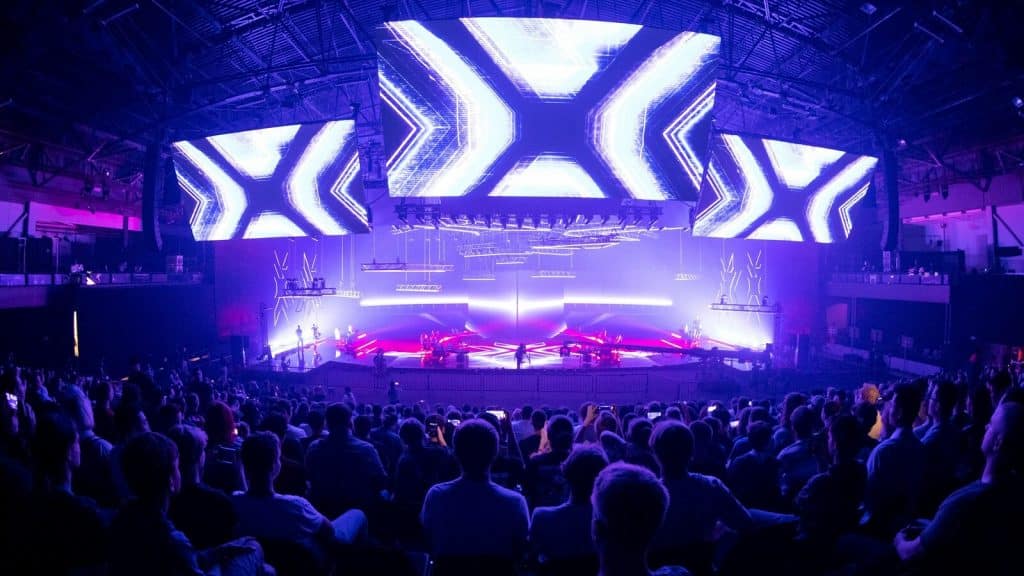 Colin Young-Wolff/Riot Games
Colin Young-Wolff/Riot GamesOf the three organizations that Dexerto spoke to that have exited Valorant, all three said that they plan to return to the esport eventually. While there are certain hesitations around making it into the top league, the prospect of competing in one of the few top-tier esports with a semi-open system is enticing.
Some, like DarkZero, may wait longer than others to see how the ecosystem shakes out. And others, like Akrew, are waiting for a few more questions to be answered before diving back in with another competitive roster.
“We pulled out for a reason,” Luu said. “We definitely want to take our time to make sure that this system is the right system and that we are all ready to go back into Valorant. Nobody wants to be like, ‘Oh, we’re out, then we’re back in,’ like a month later.”
One thing that may be the deciding factor among teams, however, is team salary. One organization said the cost for fielding a top team that was not even guaranteed a spot in VCT in the previous system was in the medium five figures a month.
For a return to the esport, that number may need to go down slightly for some organizations.
Orgs have also had early talks about reentering the esport in other ways, whether it’s running tournaments, content creators or another peripheral avenue.
One thing is for sure, however: when some of the orgs that left the esport return, they plan to make a splash.
“When we come back, we’re gonna come in with a bang. People are going to definitely know who we are and what we’re doing,” LJ said.
